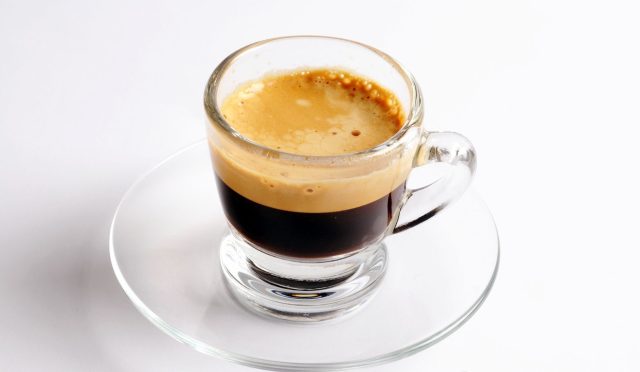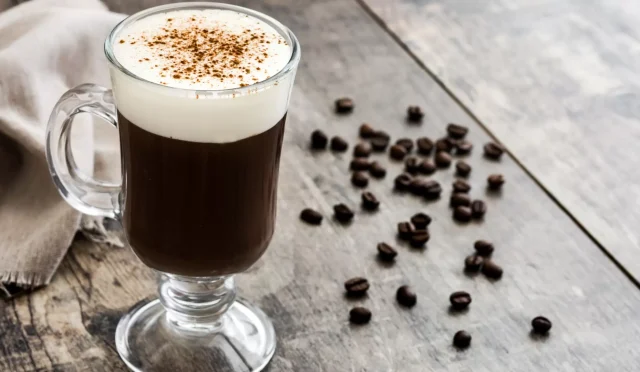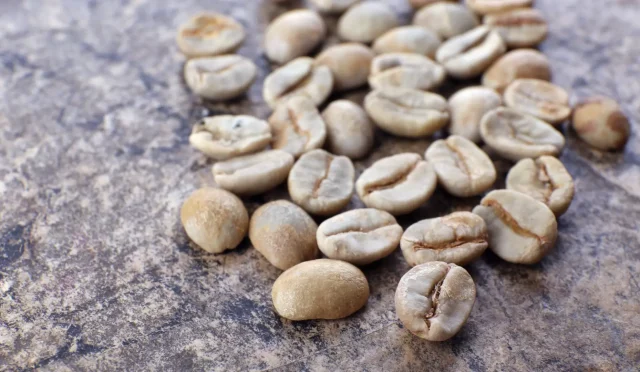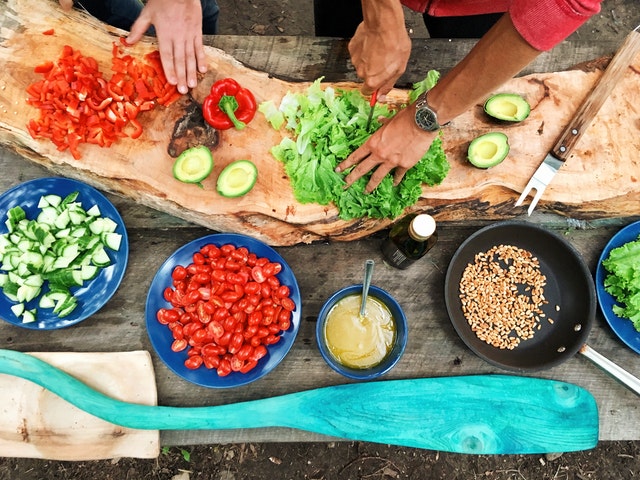What Is a Cappuccino?
A cappuccino is a popular Italian coffee drink made with equal parts espresso, steamed milk, and milk foam. It’s known for its rich flavor, creamy texture, and velvety foam topping. Traditionally served in a 150–180 ml (5–6 oz) cup, a cappuccino offers a strong coffee taste balanced with milk and airiness.
How Is a Cappuccino Made?
A classic cappuccino uses:
-
1 shot of espresso (about 30 ml)
-
30 ml of steamed milk
-
30 ml of foamed milk
Steps to make it:
-
Brew a fresh shot of espresso into a small cup.
-
Steam the milk to create both liquid milk and dense foam.
-
Pour the steamed milk over the espresso.
-
Add a thick layer of foam on top.
-
Optionally, sprinkle cocoa powder or cinnamon for extra flavor.
What Does a Cappuccino Taste Like?
A cappuccino offers a bold and creamy experience with a light, airy mouthfeel. Here’s what to expect:
-
Strong espresso flavor
-
Silky milk texture
-
Velvety foam that lingers on your lips
-
Often a slight sweetness from the steamed milk
The foam layer also helps retain heat, keeping the drink warm longer.
How Is a Cappuccino Different from a Latte or Flat White?
The main differences lie in milk ratio and texture:
| Drink | Espresso | Steamed Milk | Milk Foam | Texture | Size |
|---|---|---|---|---|---|
| Cappuccino | 1 shot | 1/3 | 1/3 | Light & frothy | 150–180 ml |
| Latte | 1 shot | More milk | Light foam | Creamy | 240–350 ml |
| Flat White | 1–2 shots | Less milk | Microfoam | Smooth & dense | 150–180 ml |
So if you enjoy airy foam and a balanced espresso-to-milk ratio, cappuccino is your drink.
Is a Cappuccino Stronger Than a Latte?
Yes, in terms of flavor concentration. Since cappuccinos use less milk than lattes, the espresso shines through more clearly. However, both drinks typically use the same amount of espresso, so the caffeine content is similar.
Can You Make a Cappuccino at Home?
Absolutely! Here’s what you’ll need:
-
Espresso machine or moka pot
-
Milk steamer or frother
-
Whole milk for the best foam texture
Quick steps:
-
Brew a single shot of espresso.
-
Steam your milk until it’s around 65°C (150°F).
-
Froth the milk to create thick foam.
-
Pour the milk into your espresso, holding back the foam.
-
Spoon the foam on top to finish.
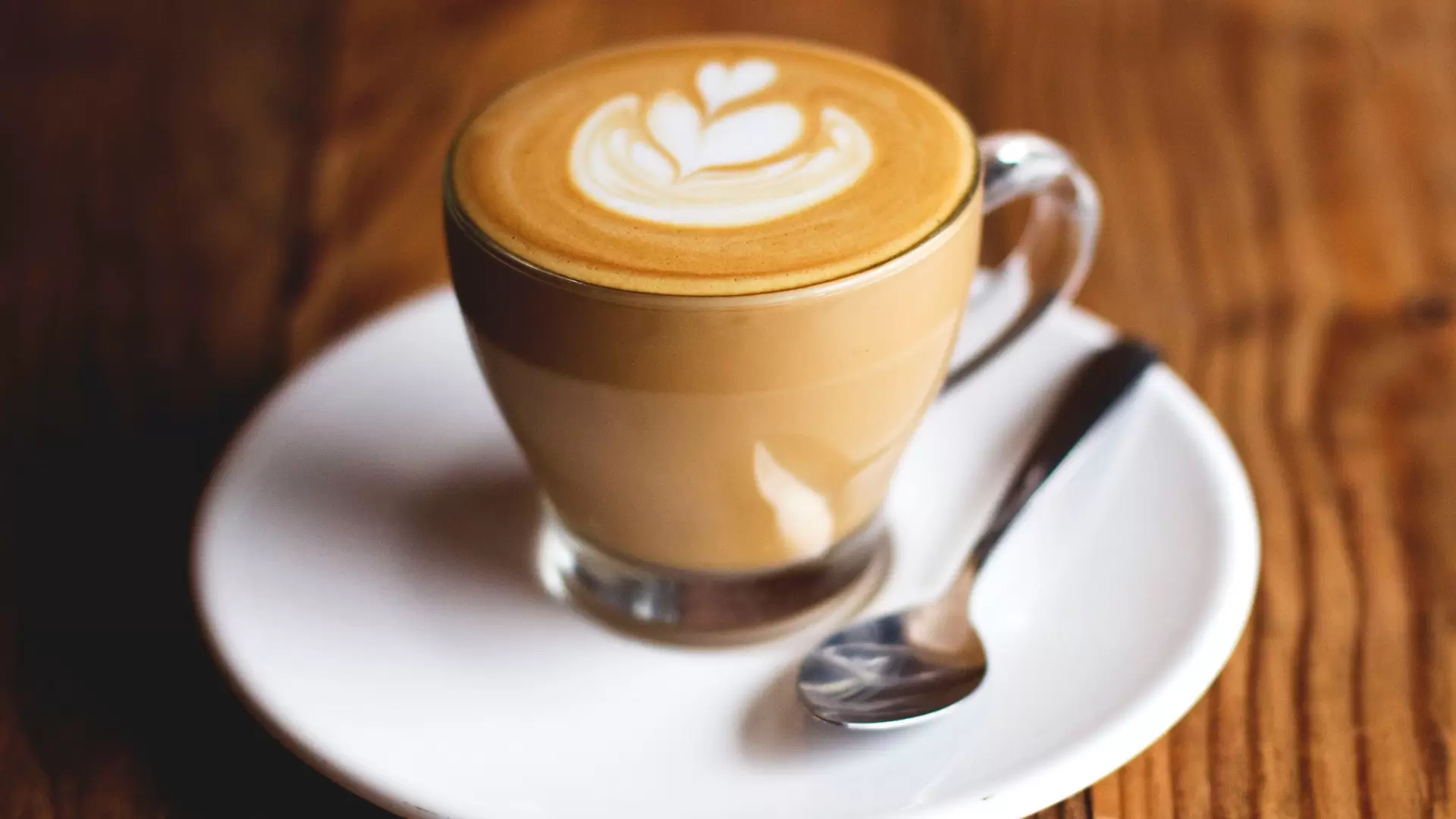
What Are the Health Benefits of Drinking Cappuccino?
While cappuccino is primarily enjoyed for its taste and texture, it can also offer some potential health benefits—especially when consumed in moderation and without added sugar or heavy syrups.
1. Rich in Antioxidants
Espresso-based drinks like cappuccino are packed with antioxidants, particularly chlorogenic acid, which may help protect your cells from damage caused by free radicals.
2. May Improve Mental Alertness
The caffeine in cappuccino can help improve focus, memory, and alertness. A single cappuccino usually contains around 60–80 mg of caffeine, which is enough to give your brain a boost without causing jitters (for most people).
3. Supports Metabolism
Caffeine is known to slightly increase metabolic rate, which may help with fat oxidation and energy usage. Combined with a healthy lifestyle, your daily cappuccino can be part of a balanced routine.
4. Can Boost Mood
The combination of warm milk and espresso can trigger the release of dopamine and serotonin, helping improve mood and reduce stress levels.
5. Source of Calcium and Protein
The milk in cappuccino provides small amounts of calcium and protein, which are essential for bone health, muscle function, and overall wellness—especially if you’re using whole milk or fortified plant-based alternatives.
☝️ Note: To enjoy these benefits without drawbacks, it’s best to consume cappuccinos in moderation—ideally 1–2 cups a day and without too much added sugar or flavored syrups.
Final Thoughts
The cappuccino is a timeless classic in the world of coffee. Its delicate balance of espresso, milk, and foam makes it both comforting and energizing. Whether you enjoy it at a café or make it at home, this frothy favorite never goes out of style.






